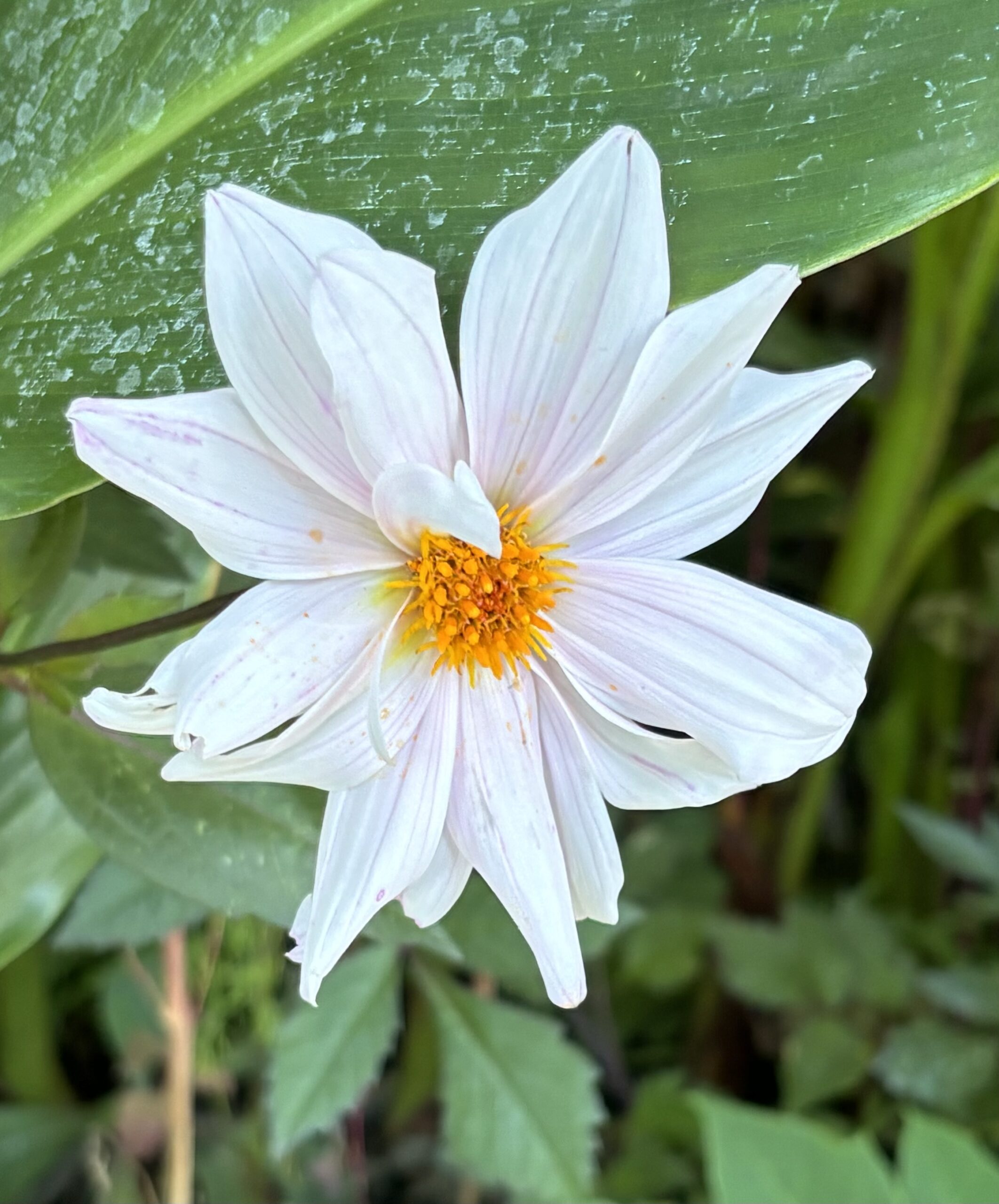I hope you have invested in at least one Hartley Botanic Water Butt to collect rain from the deluge that has poured down on our glasshouses over the past weeks. Use the tepid rainwater in the greenhouse on acidic loving plants like Citrus and if you have spare, water under the eaves over winter in the rain shadow of your house.
It has already been unseasonably cold in many parts of the country so I hope you took notice of low night temperatures and gave your plants a precautionary overnight covering of fleece.
Now that the weather is starting become distinctly autumnal, it’s time to pick your last tomatoes and ripen them in the greenhouse. To avoid glut of green tomato chutney (does anyone really like it?) store blemish free fruit in a cool drawer for ripening in a fruit-bowl or in paper bag with an over ripe banana at a later date during the winter.

Check stored tomatoes regularly, as you would your apples, removing any showing signs of decay, while making sure there is a good gap between individual fruit, as it is a potential point of rotting. After the final picking, lift and compost your tomato plants, weed through the greenhouse removing any debris and add pest and disease-free material to the compost heap. You can also bring outdoor tomatoes into the greenhouse to ripen individually or in trusses.
Once the first frosts have blackened dahlia foliage, lift the tubers and cut back the stems to within 5cm of the base. Turn them upside down on the greenhouse bench for a few weeks, so water drains from the hollow stems and then dry out then, turn them upright and store them in trays, covering the tubers covered in a thick layer of compost for protection (Dahlias are over 95% water) spent compost from hanging baskets and containers is ideal. Then store them overwinter in a cool, frost free place under the staging. Make sure the labels stay with the tubers.
Move tender potted plants like succulents into the greenhouse after treating them with biological control nematodes for vine weevil. Plants that have spent the summer outdoors in borders can be lifted carefully with a fork or spade, shaking off as much soil as possible, trimming back the stems to a few inches above the compost before repotting into peat free multipurpose compost, making sure that it filters down through the roots by tapping the pot firmly two or three times on a hard surface, lightly watering in and allowing the compost to drain. Ensure any pest and disease infected material is removed (like pelargonium rust and aphids) ensuring that the plant always stays with its label. Maintain good air circulation over winter and take care not to overwater.
Bring citrus into the greenhouse and keep the compost just moist over winter using rainwater, protect from fluctuating temperatures and drafts and stand on pot ‘feet’. Revert to winter feed. They need as much light as possible and minimum temperature of 4C (40F) minimum.
Sow oriental vegetables and ‘Four Seasons’ or ‘Valdor’ lettuce in trays for ‘cut and come again’ crops.
Happy Gardening. Matt










